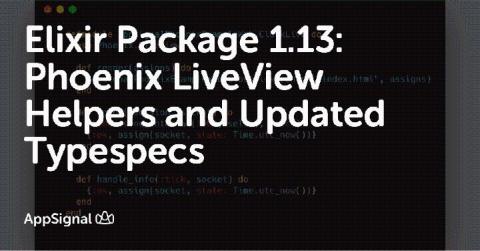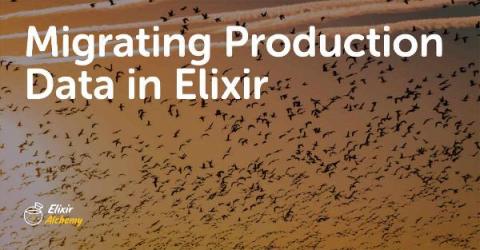Building Compile-time Tools With Elixir's Compiler Tracing Features
Elixir 1.10 was recently released, and with that release came a little-known, but very interesting feature—compiler tracing. This feature means that as the Elixir compiler is compiling your code, it can emit messages whenever certain kinds of things are compiled. This ability to know what’s going on when Elixir is compiling our code might seem simple, but it actually opens up a lot of doors for opportunities to build customized compile-time tooling for Elixir applications.











